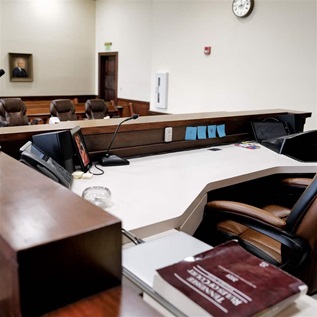Project on Student Debt: New Obama Reforms Should Include Private Loans
Lauren Asher, president of the Institute and the Project on Student Debt, issued the following statement:
“Today President Obama announced a Comprehensive Plan for Regulatory Reform, including stronger oversight and consumer protections in credit, savings, and payment markets.
“Students and parents urgently need more oversight of private (non-federal) student loans. With high, variable interest rates and few consumer protections, private student loans are much more like credit cards than financial aid.
“Aggressive and often deceptive marketing tactics have led to explosive growth in this risky form of borrowing: the share of undergraduates who took out private student loans rose from five percent in 2003-04 to14 percent in 2007-08. More than one in four private-loan borrowers missed out on safer federal student loans, which offer affordable fixed rates and repayment options, and are available to students and parents at all income levels.
“Just last month, Congress and the Administration took important steps to protect college students from becoming victims of aggressive marketing by credit card companies. We look forward to working with the Administration and Congress to protect students from unwittingly or unnecessarily turning to costly private student loans, and protecting those who do.”
The Project on Student Debt is supported by The Pew Charitable Trusts, the William and Flora Hewlett Foundation, the Ford Foundation, the BayTree Fund, and individual donors. The Project on Student Debt is an initiative of the Institute for College Access & Success, an independent, nonprofit organization working to make higher education more available and affordable for people of all backgrounds. For more information see www.projectonstudentdebt.org and www.ticas.org.
Pew is no longer active in this line of work, but for more information, visit the Project on Student Debt Web site or visit the The Project on Student Debt on PewHealth.org.











